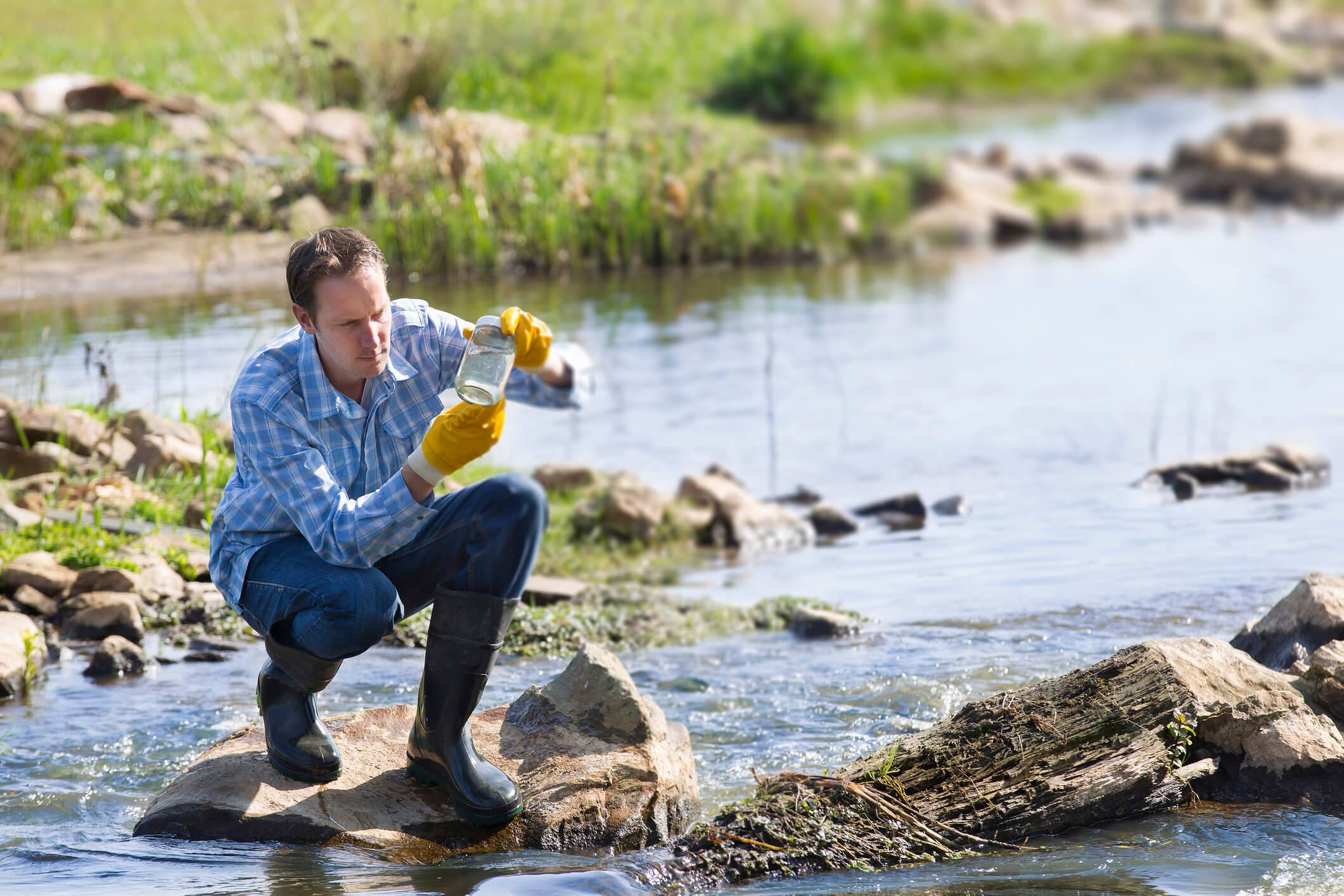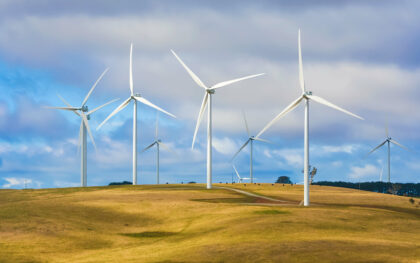Physical oceanography
Overall Course Objectives
This course gives students a general introduction to the physics the world’s oceans, shelf seas and estuaries. The course will focus on marine environments, knowledge that can be used both as a platform for more advanced studies of the topic, as a contribution to their development in marine ecology, fisheries and/or aquaculture, and provide a scientific background to sustainable development goals: 13 climate action and 14 life under water.
Learning Objectives
- Identify the major components affecting seawater density, calculate it using the equation of state, and calculate its dynamic influence on fluid flow.
- Identify the major factors affecting shelf sea dynamics – inflow, winds, tides – and calculate the position of mixing fronts.
- Identify the physical processes contributing to the spring bloom.
- Describe the various instruments and technologies involved in ocean observation systems.
- Use modern software applications (Ocean Data View) to analyse oceanographic data.
- Construct and interpret box models of through-flow systems such as estuaries to examine the fate of nutrients and contaminants.
- Calculate the magnitude of geostrophic currents, Ekman pumping, and upwelling, and explain the influence of these on marine productivity.
- Explain the major features of wind driven surface circulation, atmosphere-ocean coupling, the meridional overturn circulation and their influence on climate.
Course Content
Physical properties of seawater.
Oceanic heat budget.
Dynamics of density & wind driven flows, tides, and waves.
Seasonal cycles of stratification and mixing; the spring bloom and tidal mixing fronts.
Estuaries and semi-enclosed basins.
Planetary rotation, and geostrophy.
Wind driven ocean circulation
Descriptive Regional Oceanography
The meridional overturn circulation
Paleo-oceanography
Oceans and climate.
Teaching Method
Lectures, guest lectures, computer & analytic exercises, project and excursion.
Faculty
Remarks
This course provides students with competences relevant to UN SDGs, particularly #13 (Climate action) and #14 (Life below water)





